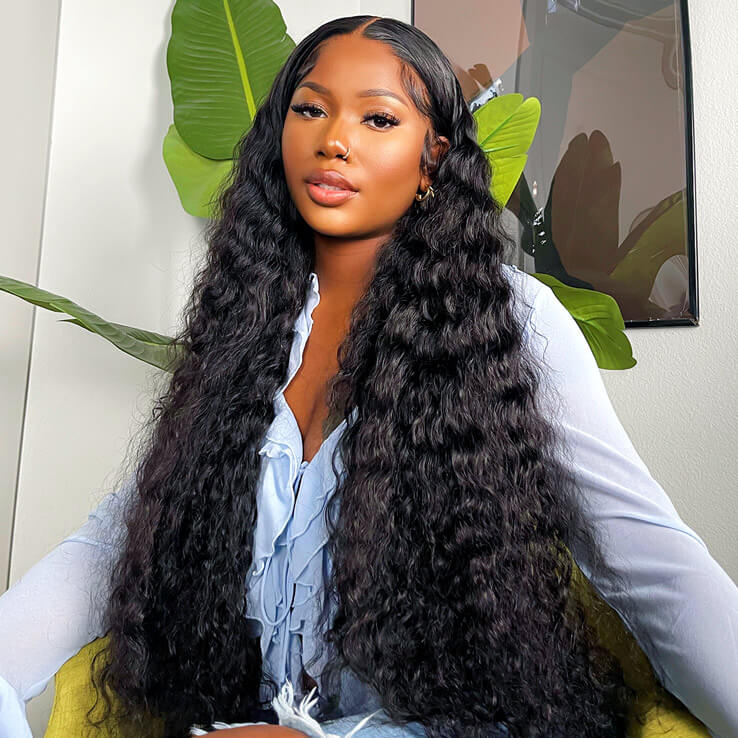For those contemplating a vibrant change but hesitant about coloring their untouched tresses, this guide provides essential insights on safely and effectively coloring virgin hair. From prepping your hair for the color transformation to troubleshooting application issues, here's everything you need to know for a successful at-home coloring experience.

Preparing Your Hair for Color
Begin the process 1-2 weeks in advance by adjusting your hair care routine. Opt for sulfate-free, gentle shampoo and conditioner to avoid drying out your hair. Weekly deep conditioning with a moisturizing mask, regular trims, and minimal heat styling set the stage for a healthy coloring experience. On the day of coloring, shampoo without conditioning to create the ideal porous surface for optimal color absorption.
Testing Your Color
Even with knowledge of your natural level and undertone, conduct a test strand near the nape to ensure the desired result. This trial run allows for adjustments to the formula, such as opting for a lower or higher developer, ensuring you are pleased with the final outcome.
Choosing Your Color & Developer
Opt for non-permanent or semi-permanent dye for a gentle introduction to coloring. These deposit pigments on the surface, minimizing damage if the color needs to be removed. Select a shade a few levels lighter than your goal and use the lowest volume developer (10 or 20 volumes) to prevent excessive processing.
Applying Color Evenly
Section your hair into manageable portions and apply color from root to tip. Working on small areas at a time prevents drips and ensures even distribution. Pay attention to the part and hairline, applying color to roots by smoothing from the scalp outwards. Allow the dye to process fully before rinsing, typically 20-40 minutes depending on the formula.
Post-Color Care
After rinsing out the color, shampoo twice to eliminate excess dye particles and deep condition with a hydrating mask. Avoid heat styling, chlorine, or saltwater to prolong the color's lifespan. Weekly scalp exfoliation and focused shampooing on roots, coupled with conditioning on lengths, contribute to maintaining your vibrant hue.
Consider Going Lighter
While dramatic lightening may be tempting, consider safer alternatives such as light ash brown or caramel shades. Professional help is advisable for significant lightening, but experimenting with partial lifts can offer a sun-kissed effect without compromising hair health.
Troubleshoot Application Issues
Address uneven color application by reapplying to problematic areas or adjusting to a higher volume developer. For splotchy tones, exfoliate the scalp and use a gentle stripping shampoo before recoloring. Seek professional assistance for major blending challenges on virgin hair.
Consider Temporary Color
For first-timers, explore chalk-based, water-soluble temporary color for a low-commitment option. These rinse out within a few shampoos, allowing you to experiment with color without long-term consequences.
Have Your Color Maintained
Visit a colorist after several weeks to touch up new growth and prevent drastic color differences. Regular glossing, either at the salon or at home, refreshes faded shades without causing additional damage.
Go Slow and Listen to Your Hair
Take a gradual approach to experimenting with different hair colors on virgin strands. Choose gentle products, start with temporary or semi-permanent options, condition diligently, and allow sufficient rest periods between color processes. Prioritize hair health and refrain from frequent or back-to-back coloring to ensure your vibrant shades do not compromise the integrity of your virgin locks.
